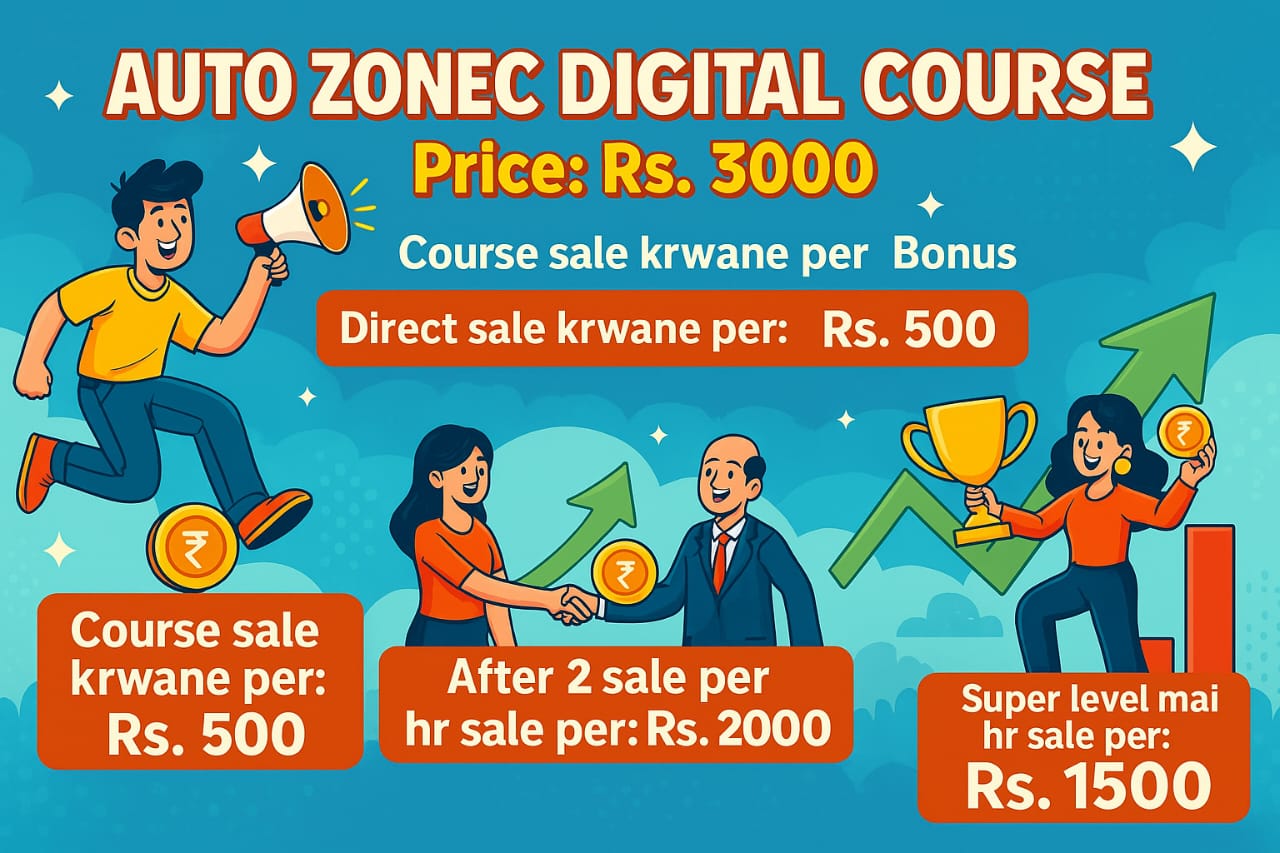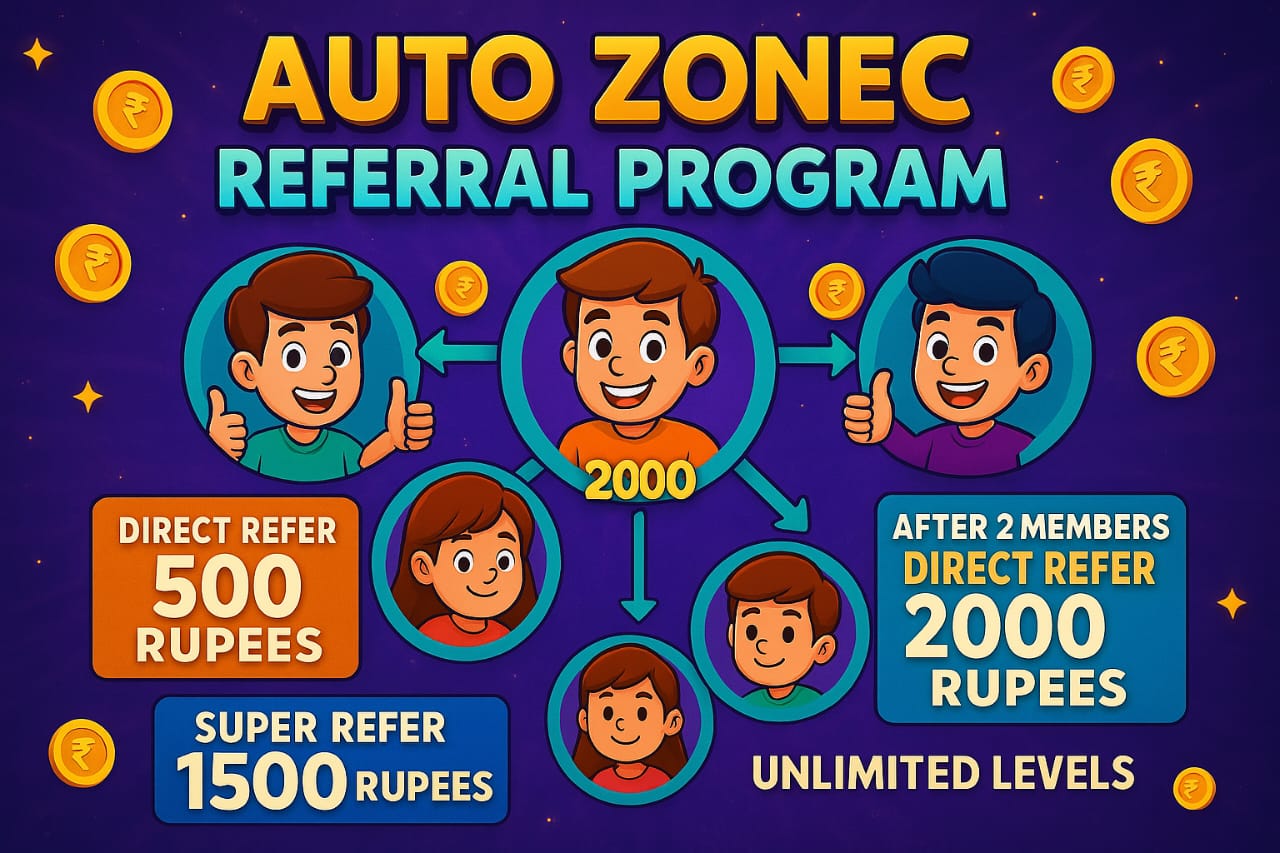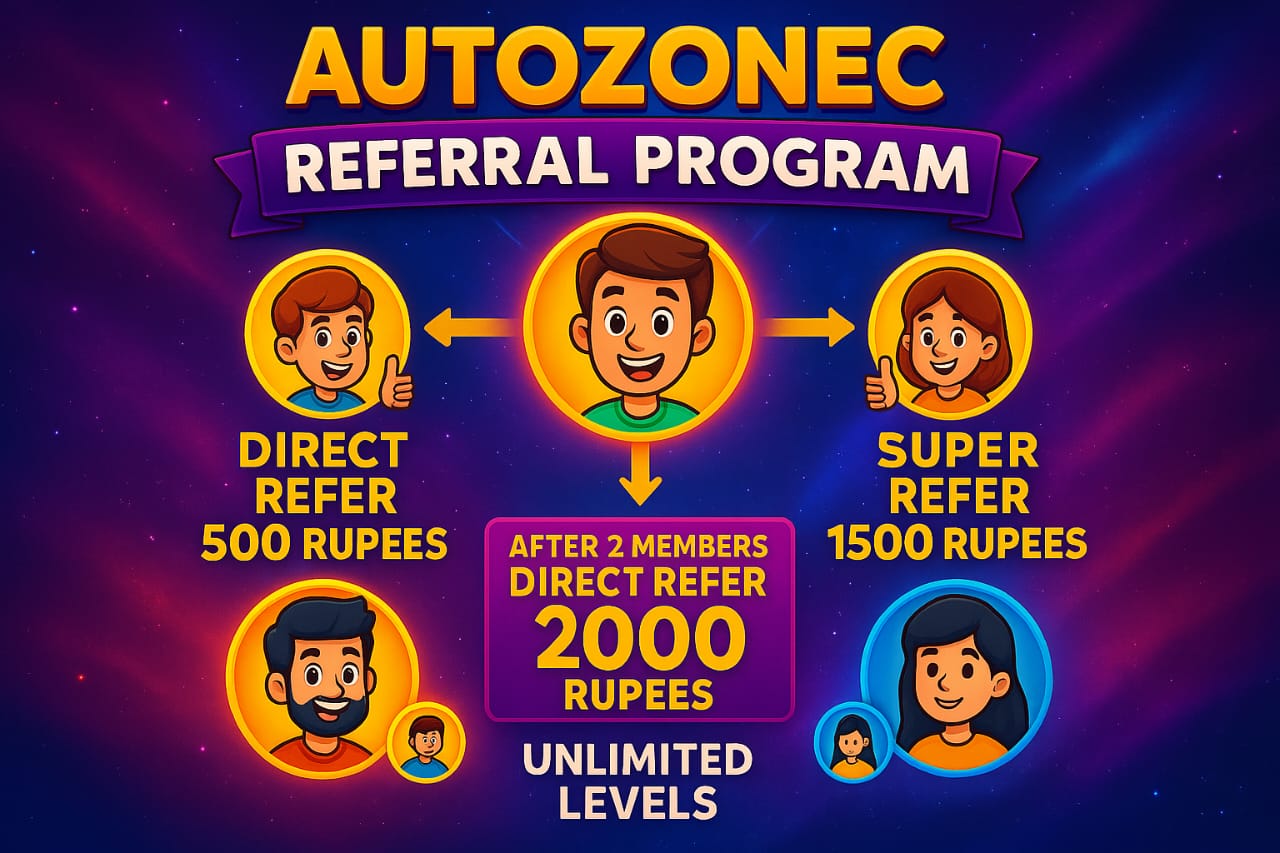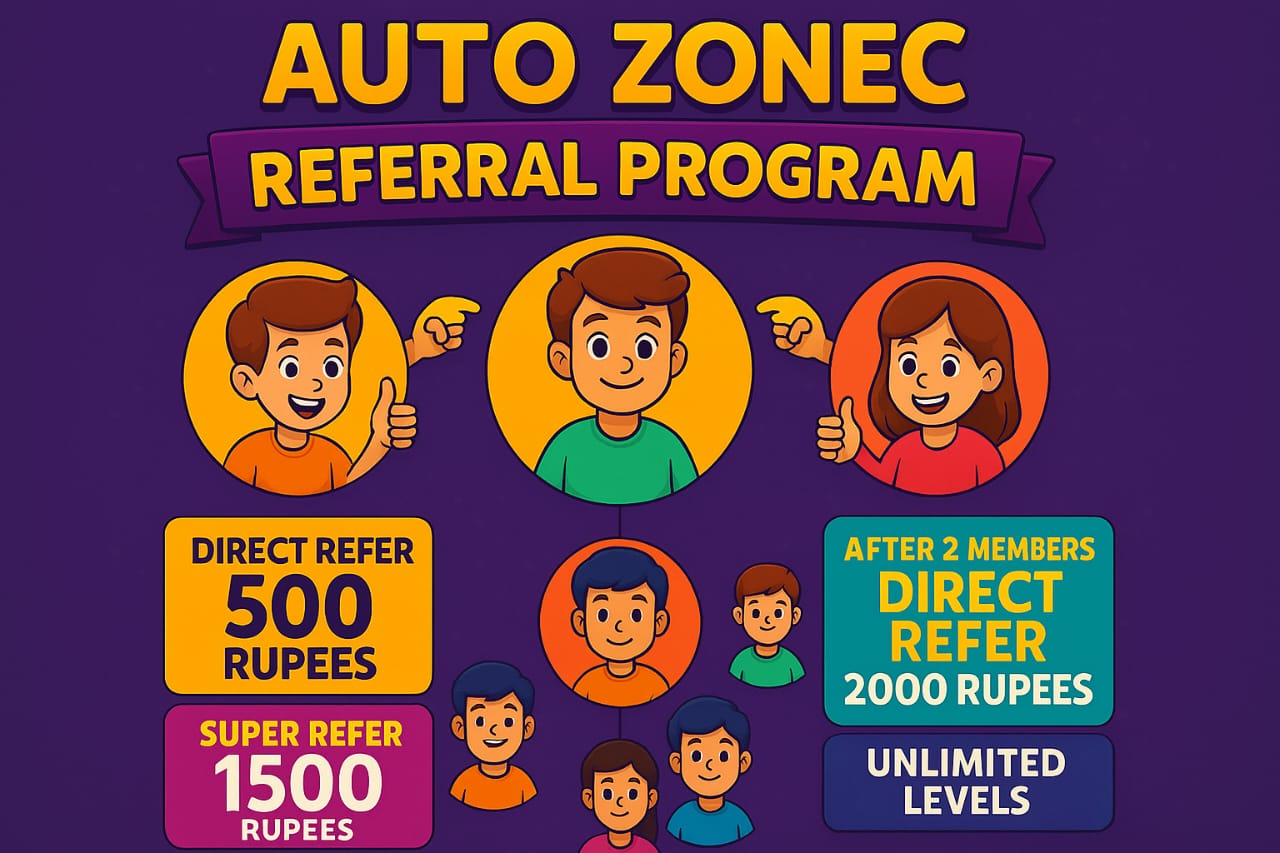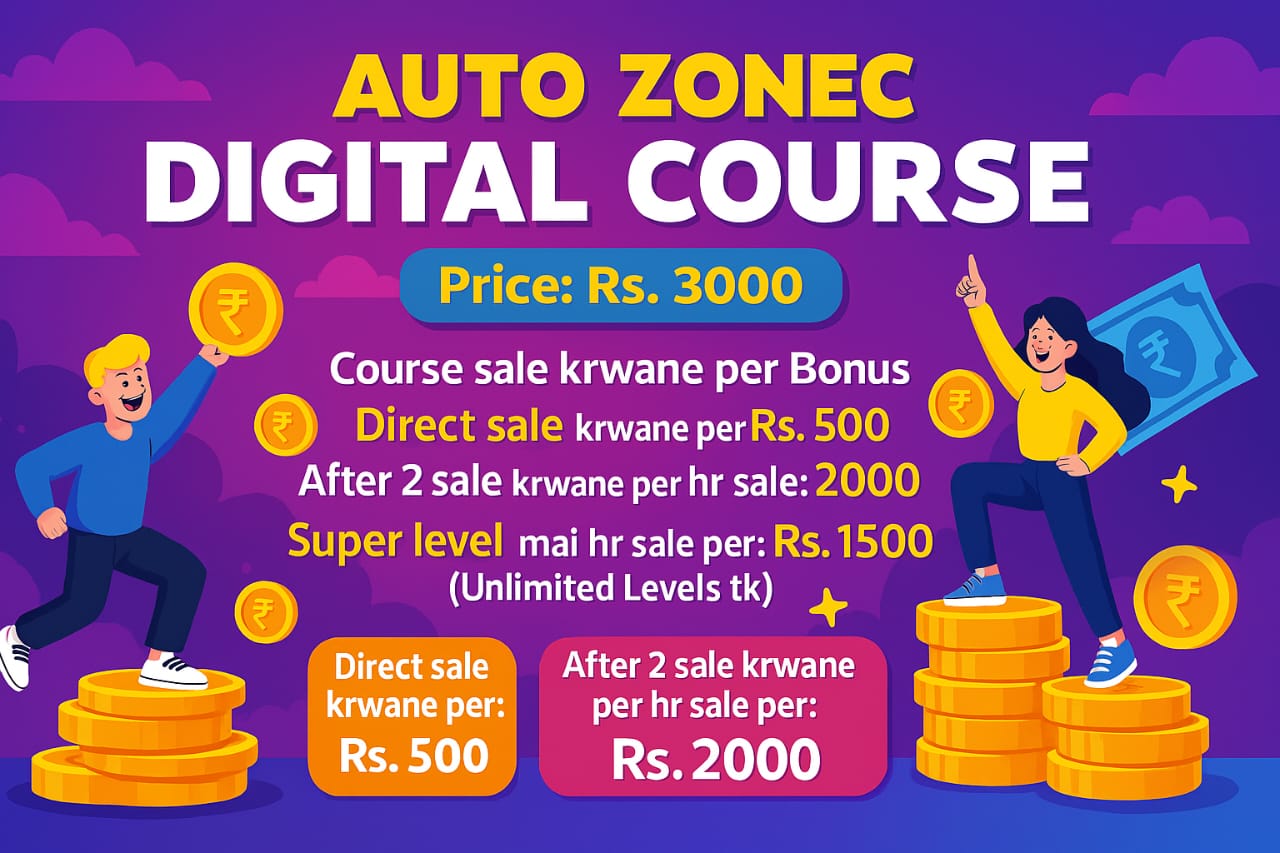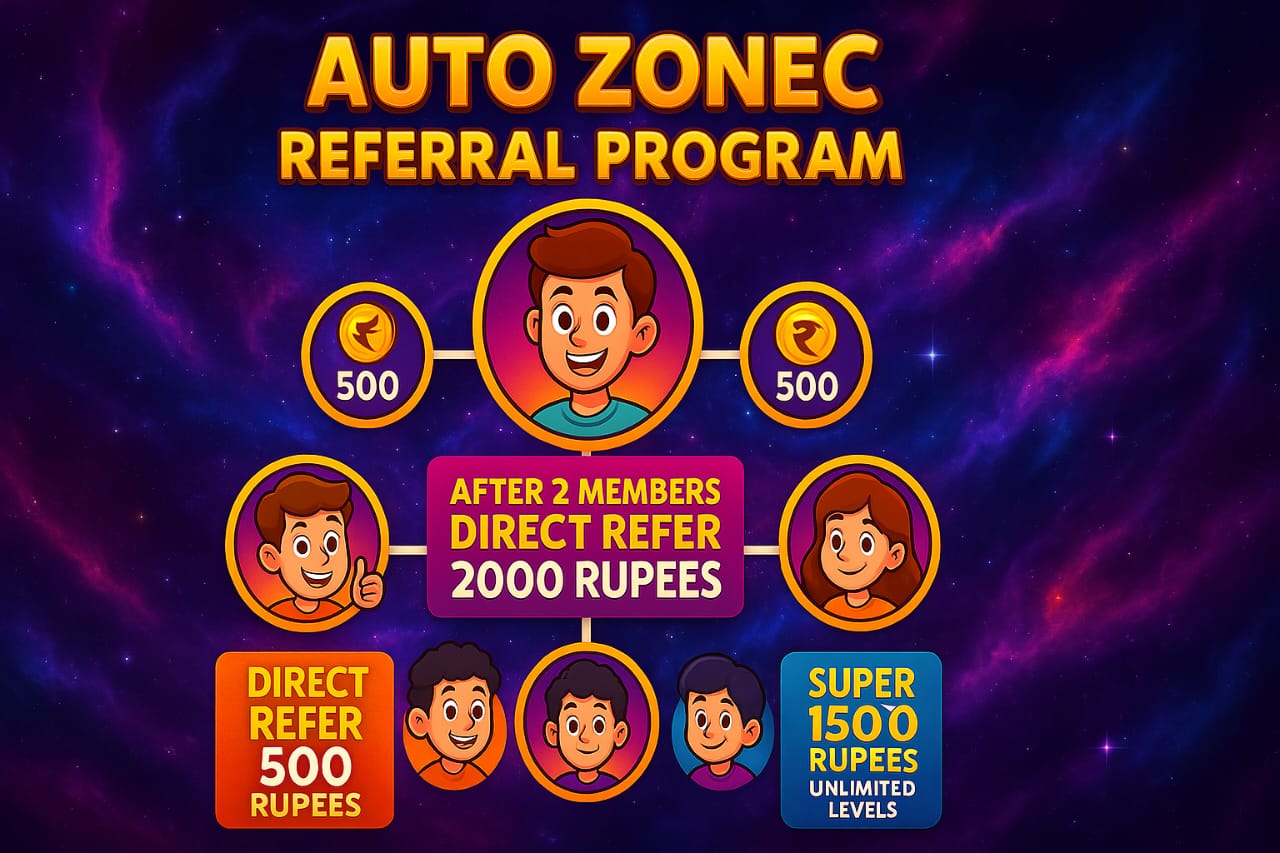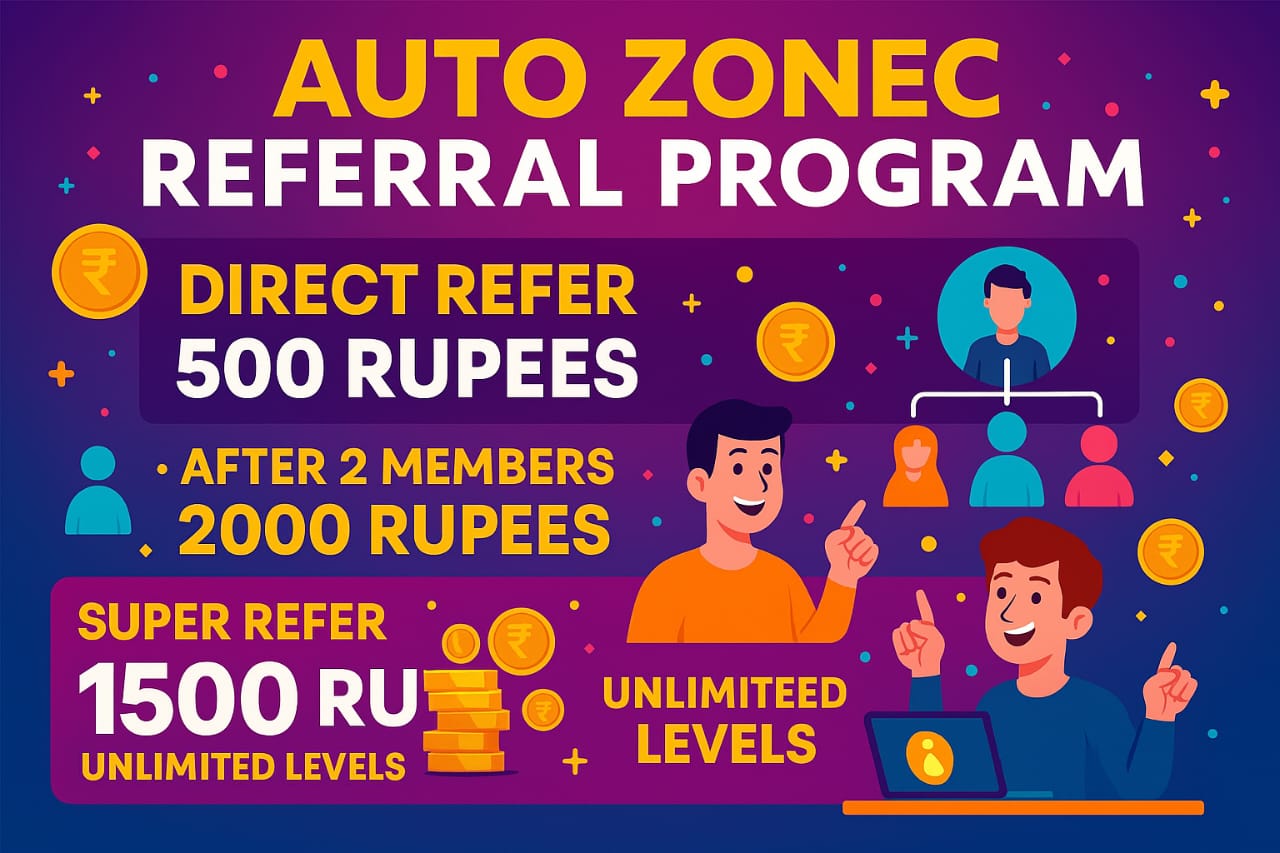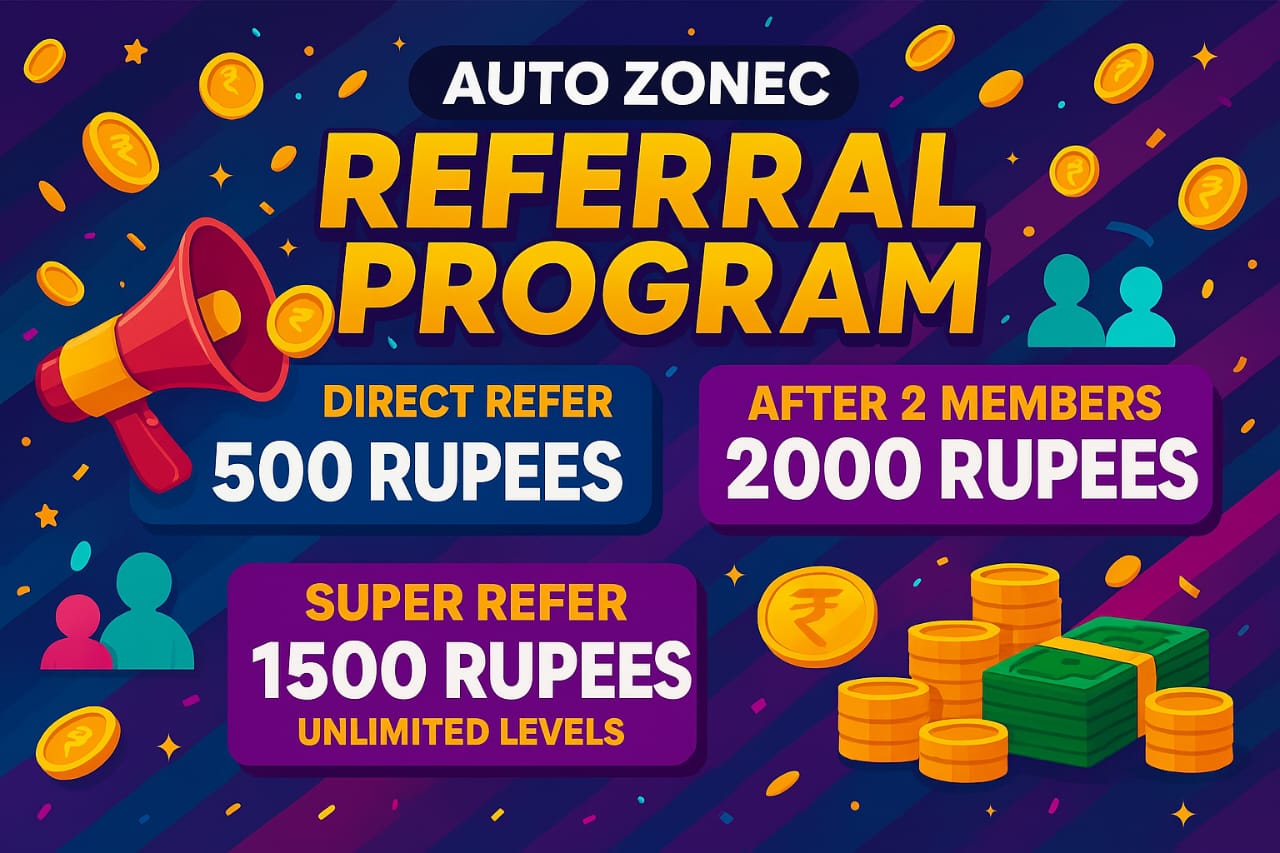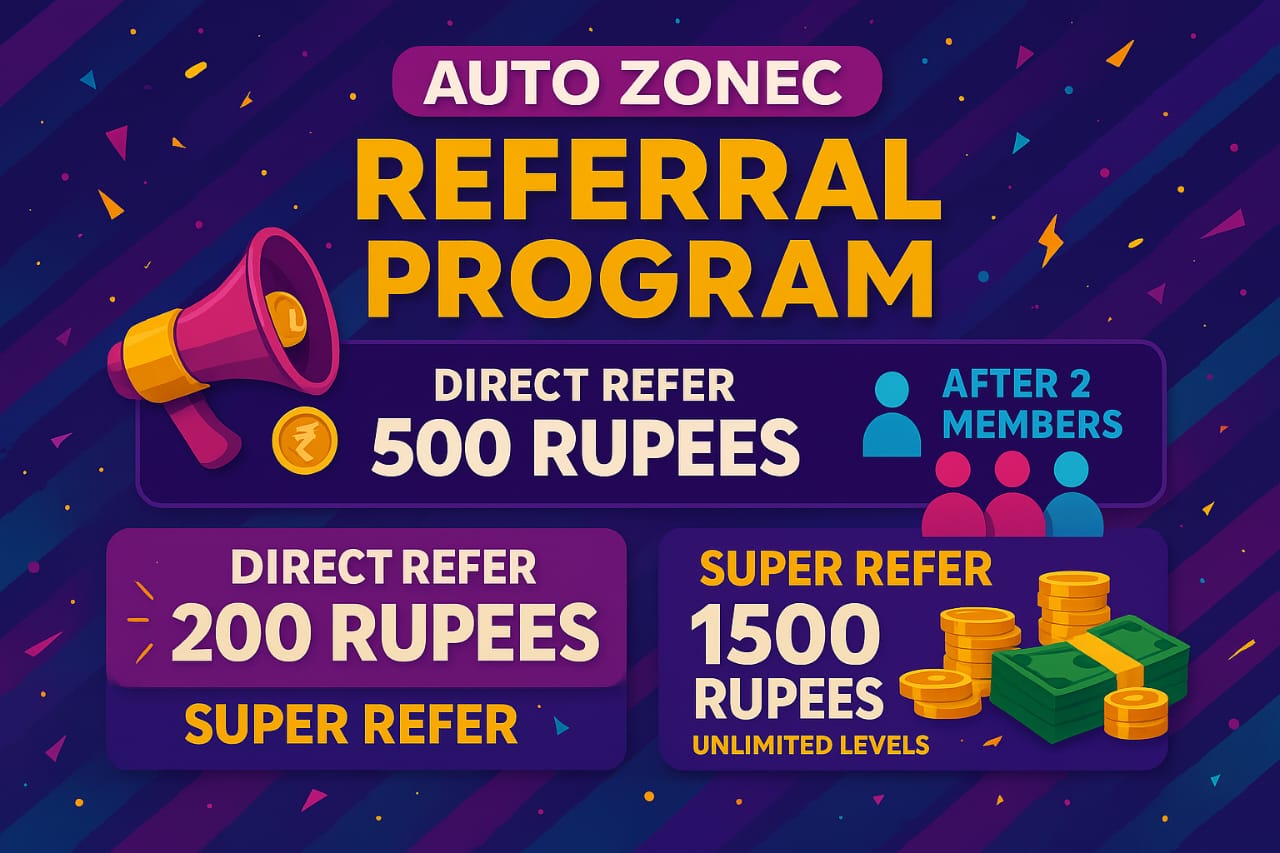
Immersive Education: Virtual Reality Taking Classrooms by Storm
SEO Description: "Discover how virtual reality is transforming education in the classroom. Explore the benefits of immersive learning experiences and how it is revolutionizing traditional teaching methods. Revolutionize education with virtual reality today!"
Meta Keywords: Virtual reality in education Classroom learning with virtual reality Educational technology in the classroom Virtual reality tools for students Innovations in education Interactive learning experiences Virtual reality simulations Immersive classroom experiences Virtual reality for student engagement Educational benefits of virtual reality Virtual reality learning environments Virtual reality in K-12 education Revolutionizing traditional education Virtual reality for academic success Enhancing learning with virtual reality Virtual reality in teaching Virtual reality for student achievement Virtual reality for enhanced learning outcomes Virtual reality for personalized learning Virtual reality for student motivation Virtual reality for educational transformation Virtual reality for 21st-century learning Virtual reality for innovative education Virtual reality for interactive classrooms Virtual reality for student empowerment
Revolutionizing Education: The Rise of Virtual Reality in Classroom Learning
In recent years, technology has drastically transformed the way we live and work. From the rise of smartphones to the integration of artificial intelligence, our world is becoming increasingly digital. One area that has seen significant advancements is education, with virtual reality (VR) emerging as a powerful tool in transforming classroom learning.
The Evolution of Education
Traditional classroom learning has long been the standard in education, with teachers delivering lectures and students taking notes. While this method has been effective in teaching foundational knowledge, it often lacks engagement and fails to cater to individual learning styles. With the advent of technology, educators have begun to explore new ways to enhance the learning experience and make it more interactive and immersive.
Virtual reality, a technology that simulates a realistic environment through the use of computer-generated images and sounds, has gained popularity in recent years. By using VR headsets, students can transport themselves to different locations, experience historical events firsthand, or even explore complex scientific concepts in a visual and interactive way.
As VR technology becomes more affordable and accessible, educators are increasingly incorporating it into their classrooms to engage students in a way that traditional methods cannot. This shift towards experiential learning is revolutionizing education and paving the way for a more interactive and personalized learning experience.
The Benefits of Virtual Reality in Education
- Engagement: Virtual reality provides a level of engagement that traditional methods cannot match. By immersing students in a virtual environment, educators can capture their attention and make learning more interactive and enjoyable.
- Interactivity: With VR technology, students can actively participate in their learning process. They can manipulate objects, explore virtual worlds, and engage in hands-on experiences that enhance their understanding of complex concepts.
- Personalization: Virtual reality allows for personalized learning experiences tailored to individual needs. Educators can create customized lessons and simulations that cater to each student's learning style, pace, and interests.
- Accessibility: VR technology is becoming more affordable and accessible, making it easier for schools and educators to integrate it into their curriculum. This democratization of technology ensures that all students have access to cutting-edge educational tools.
Overall, virtual reality is revolutionizing education by providing a more engaging, interactive, and personalized learning experience for students. As educators continue to explore the possibilities of VR technology, we can expect to see even more innovative and effective teaching methods that prepare students for success in the digital age.
The Benefits of Using Virtual Reality in Classroom Learning
There are numerous benefits to incorporating virtual reality into classroom learning. Here are just a few:
1. Increased Engagement
Virtual reality provides students with an immersive learning experience that can capture their attention and keep them engaged. This can lead to better retention of information and a deeper understanding of the subject matter.
2. Hands-On Learning
Virtual reality allows students to interact with the material in a hands-on way, instead of just reading about it or watching a video. This can help students better understand complex concepts and develop important critical thinking skills.
3. Accessibility
Virtual reality can make learning more accessible to students with disabilities or other challenges. For example, students who have difficulty with traditional learning methods may find virtual reality to be a more effective way to engage with the material.
4. Real-World Applications
Virtual reality can bring real-world scenarios into the classroom, allowing students to practice skills in a safe and controlled environment. This can be especially useful for subjects like science, where hands-on experience is crucial.
Challenges and Considerations
While virtual reality offers many benefits for classroom learning, there are also some challenges and considerations to keep in mind.
1. Cost
One of the main challenges of implementing virtual reality in the classroom is the cost. VR headsets and software can be expensive, making it difficult for some schools to afford. However, as the technology becomes more widespread, prices are likely to come down.
2. Training and Support
Teachers will need training and support in order to effectively incorporate virtual reality into their lesson plans. This can be time-consuming and require additional resources, but it is crucial for ensuring that the technology is used to its full potential.
3. Safety Concerns
There are also safety concerns to consider when using virtual reality in the classroom. Students may experience motion sickness or other side effects, and there is always a risk of injury if not used properly. Teachers must be aware of these risks and take appropriate precautions.
The Future of Virtual Reality in Education
Despite these challenges, the future of virtual reality in education looks promising. As the technology continues to improve and becomes more affordable, we can expect to see even greater integration of virtual reality into classroom learning.
Virtual reality has the potential to revolutionize education by providing students with immersive, hands-on learning experiences that can greatly enhance their understanding of the material. By embracing this technology, educators can create a more engaging and effective learning environment for students of all ages.
Stay tuned for more updates on the latest trends in virtual reality and education!
The Future of Education: Virtual Reality in Classroom Learning
As technology continues to advance at a rapid pace, it is no surprise that virtual reality is playing an increasingly important role in education. Virtual reality has the potential to revolutionize the way students learn, making the learning experience more immersive, engaging, and interactive than ever before.
Benefits of Virtual Reality in Classroom Learning
One of the key benefits of virtual reality in classroom learning is its ability to create a more immersive learning experience. By using virtual reality technology, students can explore virtual worlds, interact with digital objects, and engage with educational content in a way that is not possible with traditional teaching methods.
Virtual reality also has the potential to make learning more engaging and interactive. By using virtual reality headsets, students can participate in virtual simulations, games, and activities that make learning fun and enjoyable. This can help to increase student motivation and engagement, leading to better learning outcomes.
Another benefit of virtual reality in classroom learning is its ability to cater to different learning styles. Virtual reality technology can provide personalized learning experiences that are tailored to individual student needs, helping to ensure that every student is able to learn at their own pace and in a way that suits their learning style.
Challenges of Implementing Virtual Reality in Education
While virtual reality has the potential to transform education, there are also challenges that need to be overcome in order to fully realize its benefits. One of the main challenges is the cost of implementing virtual reality technology in schools. Virtual reality headsets and software can be expensive, making it difficult for schools with limited budgets to adopt this technology.
Another challenge is the need for teacher training and professional development. In order to effectively integrate virtual reality into the classroom, teachers need to be trained on how to use the technology and incorporate it into their lessons. This requires time, resources, and support from school administrators.
The Future of Virtual Reality in Education
Despite these challenges, the future of virtual reality in education looks promising. As the technology continues to improve and become more affordable, we can expect to see virtual reality being used in more classrooms around the world. Virtual reality has the potential to transform the way students learn, making education more engaging, interactive, and personalized than ever before.
By embracing virtual reality in the classroom, we can create a more immersive and engaging learning experience that caters to the needs of every student. Virtual reality has the power to revolutionize education, and it is up to us to embrace this technology and harness its potential to create a brighter future for the next generation.
Conclusion
Virtual reality is revolutionizing education by providing a more immersive, engaging, and interactive learning experience for students. While there are challenges to overcome, the future of virtual reality in education looks promising. By embracing this technology, we can create a more personalized and effective learning environment that caters to the needs of every student. Virtual reality has the power to transform education for the better, and it is up to us to seize this opportunity and revolutionize the way we teach and learn.
The Benefits of Virtual Reality in Education Virtual reality (VR) has the potential to revolutionize the way students learn in the classroom. By immersing students in realistic and interactive virtual environments, VR can enhance engagement, improve retention of information, and provide opportunities for hands-on learning that were previously impossible. In this section, we will explore some of the key benefits of using virtual reality in education. Enhanced Engagement One of the biggest challenges facing educators today is keeping students engaged in the learning process. With the rise of digital distractions and short attention spans, traditional teaching methods can often fall short in capturing students' interest. Virtual reality offers a solution to this problem by providing an immersive and interactive learning experience that can captivate students' attention. In a virtual reality environment, students can explore historical landmarks, dissect virtual organisms, or conduct virtual experiments in a way that feels like a real-world experience. This level of engagement can help students stay focused and motivated to learn, increasing their overall retention of information. Improved Retention of Information Research has shown that students retain information better when they are actively engaged in the learning process. Virtual reality provides a hands-on approach to learning that can help students better understand and remember complex concepts. For example, in a biology class, students can use VR to explore the human body in 3D, allowing them to see how different systems and organs interact with each other. This visual and interactive experience can enhance students' understanding of the subject matter and improve their ability to recall information later on. Hands-On Learning Opportunities One of the biggest advantages of virtual reality in education is the ability to provide hands-on learning opportunities that were previously impossible. In subjects like science, technology, engineering, and math (STEM), virtual reality can allow students to conduct experiments, solve problems, and explore complex concepts in a safe and controlled environment. For example, students studying physics can use VR to simulate real-world scenarios, such as launching a rocket or building a bridge, allowing them to see the practical applications of their learning. This hands-on approach can help students develop critical thinking skills, problem-solving abilities, and a deeper understanding of the subject matter. Accessibility and Inclusivity Virtual reality has the potential to make education more accessible and inclusive for all students, regardless of their background or learning style. By providing a personalized and customizable learning experience, VR can accommodate students with different abilities, interests, and learning needs. For example, students with visual or auditory impairments can use VR to experience the world in a new way, while students with learning disabilities can benefit from interactive and engaging learning experiences. Virtual reality can also provide opportunities for students in remote or underserved areas to access high-quality education that they may not have had access to otherwise. Conclusion In conclusion, virtual reality has the potential to revolutionize education by enhancing engagement, improving retention of information, providing hands-on learning opportunities, and making education more accessible and inclusive. As technology continues to advance, educators have an exciting opportunity to harness the power of virtual reality to create immersive and interactive learning experiences that can inspire and empower students to reach their full potential. By embracing virtual reality in the classroom, we can revolutionize education and prepare students for success in the 21st century and beyond.Case Studies
1. Google Expeditions
Google Expeditions is a virtual reality platform that allows teachers to take their students on immersive virtual field trips. Through the use of VR headsets, students can explore different parts of the world, historical events, and scientific concepts in a way that traditional textbooks cannot offer. This technology has been widely adopted in classrooms around the world, with teachers reporting increased engagement and understanding among their students.
2. zSpace
zSpace is another virtual reality platform that is revolutionizing education by providing students with hands-on learning experiences in subjects like science, technology, engineering, and math (STEM). With zSpace, students can dissect virtual organisms, design engineering projects, and conduct virtual experiments in a safe and controlled environment. This technology has been shown to improve critical thinking skills and retention of knowledge among students.
Benefits of Virtual Reality in Classroom Learning
1. Improved Engagement
Virtual reality can capture the attention of students in a way that traditional teaching methods cannot. By providing immersive and interactive experiences, students are more likely to stay engaged and focused on the lesson at hand. This can lead to increased participation and better understanding of the material being taught.
2. Enhanced Learning Experiences
Virtual reality can transport students to places they may never have the opportunity to visit in real life. Whether it's exploring the surface of Mars or diving into the depths of the ocean, VR can provide unique learning experiences that are not possible in a traditional classroom setting. This hands-on approach to learning can help students grasp complex concepts and retain information more effectively.
3. Personalized Learning
Virtual reality can cater to the individual learning needs of students by providing personalized experiences based on their interests and abilities. Teachers can create customized lessons and simulations that cater to the specific needs of each student, allowing for a more tailored approach to education. This can lead to better academic outcomes and increased student success.
Conclusion
Virtual reality is revolutionizing education by providing students with immersive and interactive learning experiences that are not possible with traditional teaching methods. Through platforms like Google Expeditions and zSpace, students can explore new worlds, conduct virtual experiments, and engage with complex concepts in a way that is both educational and entertaining. The benefits of virtual reality in the classroom are numerous, including improved engagement, enhanced learning experiences, and personalized learning opportunities. As technology continues to advance, the possibilities for virtual reality in education are endless, and it is clear that VR is here to stay in the classroom of the future.
Immersive Education: Virtual Reality Taking Classrooms by Storm
Written by: wikibrand
Published on: April 29, 2025
